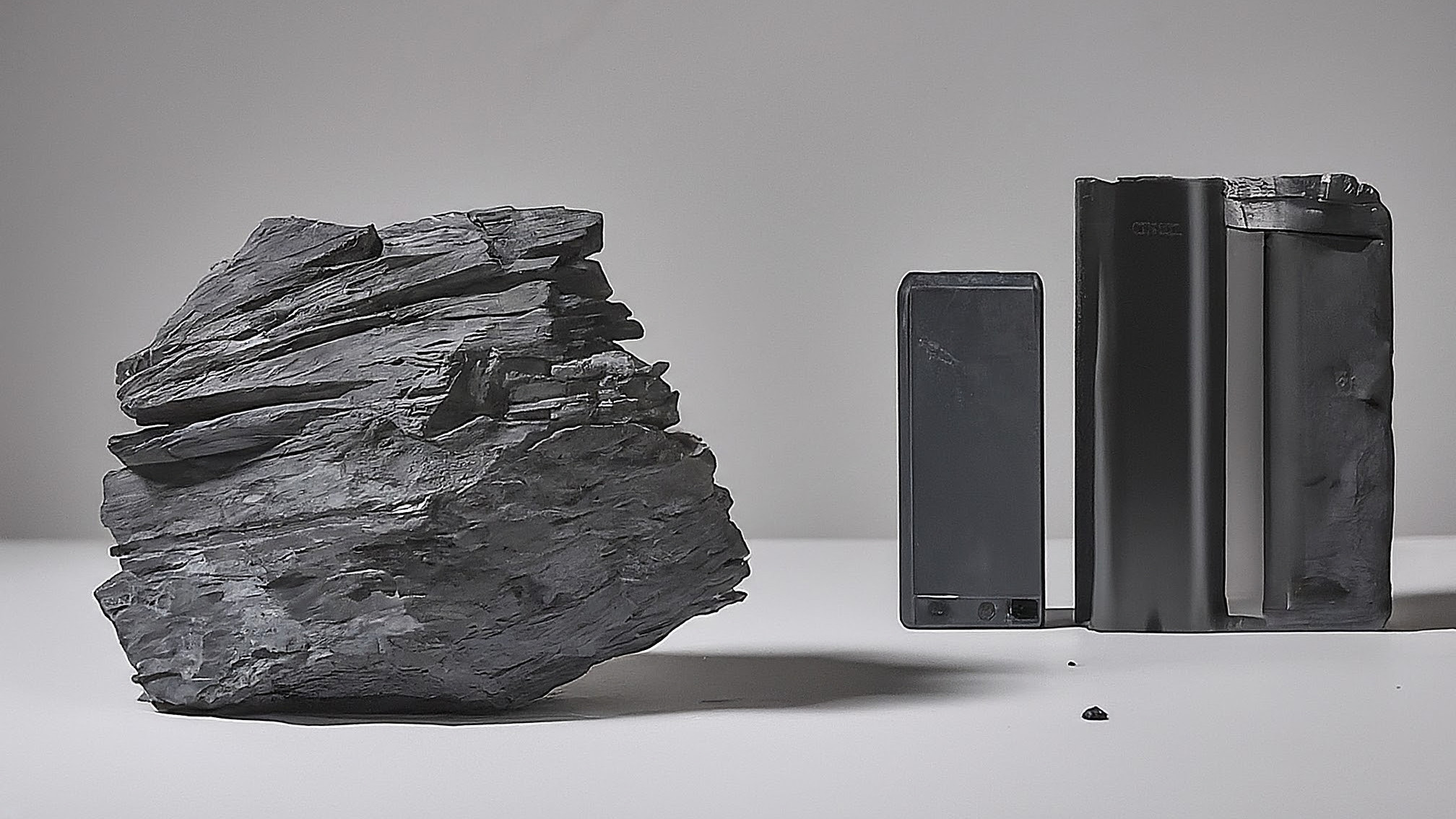The US Commerce Department will impose a 93.5% anti-dumping duty on anode-grade graphite imports from China, targeting $347.1 million worth of goods in 2023. This action follows revelations of the material being sold below fair market value and a prior investigation into Chinese subsidies, which led to preliminary countervailing duties.
Graphite Under the Microscope: US Levies Hefty Duties on Chinese Imports
The hum of international trade has taken on a sharper Finding alternatives won’t be easy. While graphite deposits exist in other countries, including Brazil, Madagascar, and Mozambique, scaling up production to meet US demand will take time and investment. Furthermore, the quality and type of graphite can vary, and not all sources are suitable for all applications. Companies may need to re-engineer products or processes to accommodate different graphite types.
Beyond the immediate price hikes, the anti-dumping duty could have broader geopolitical implications. The US and China are already engaged in a complex trade relationship, and this decision adds another layer of tension. China could retaliate with its own tariffs on US goods, potentially sparking a wider trade war.
The Bigger Picture: Securing the Graphite Supply Chain
This situation highlights the vulnerability of supply chains reliant on a single source. The push for electric vehicles and other green technologies is driving up demand for graphite, making access to a secure and diversified supply all the more critical. This is an opportunity for countries with graphite reserves, like those in Africa and South America, to step up and become reliable suppliers. It also underscores the importance of investing in domestic graphite production and processing capabilities.
For US companies, this may be the time to explore new technologies and materials that can reduce or eliminate their reliance on graphite altogether. Innovation in battery technology, for example, could lead to the development of alternatives that don’t require as much, or any, graphite.
This anti-dumping duty is more than just a trade dispute; it’s a wake-up call. It signals the need for a more resilient and diversified graphite supply chain, one that is less vulnerable to geopolitical tensions and trade disruptions. It’s a reminder of how interconnected our world is and how seemingly small decisions can have far-reaching consequences across industries and borders. Interested in other important minerals? Read our article on the increasing demand for Lithium.
The future of graphite in the US is now uncertain. Whether this tariff sparks innovation, diversifies supply chains, or simply increases consumer costs remains to be seen, but one thing is clear: the era of easy access to cheap Chinese graphite is over. This move by the US government places graphite firmly in the spotlight, forcing businesses to re-evaluate their sourcing strategies and accelerate the search for alternative materials and supply chains. The long-term effects of this decision will undoubtedly shape the future of industries reliant on this vital mineral.







